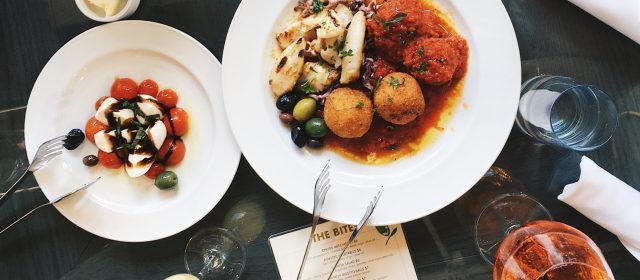8 ways to reduce your hotel’s kitchen costs
Whether it is a bistro, steakhouse, rooftop bar or fine dining restaurant, the food and beverage arm of your hotel operation is an important profit maker, but mistakes and mismanagement can be costly. From the cost of goods through to staff wages, it isn’t hard to lose a grip on things and have your kitchen costs spiral.
Each year we manage millions in food and beverage sales across our group of Australian hotels, motels and resorts. We’ve found that the hotel manager or head chef can often lose track of the cost of goods or wages, eating away the precious profit margin.
The good news is it’s never too late to start turning the ship around. Proper menu costing, inventory management, business intelligence tools and reports can help to reduce the cost of goods, wasted staff hours and wasted food.
Here are eight tips on how to reduce your hotel’s kitchen costs and put you back on the path to profit.
#1 Analyse the restaurant data
The best place to start is with your food and beverage data. Gather any statistics around daily takings, expenses and costs of goods, staff rosters and whatever else you have on hand to gain visibility over the situation. Next, analyse the numbers to find any savings by answering questions. Do the wages and cost of goods outweigh profits?
If you find your food and beverage venues lack data, start collecting it. Even data collected over just a week or two is better than none. Monitor the ins and out, swings and roundabouts of busy periods and quiet patches and how much wasted food returns on plates. Are there any patterns? Wasted staff hours?

#2 Find the most popular and low margin dishes
Now you have the data, dive deeper into the menu. Your chef should understand how to build a good profit margin into each dish, and the hotel manager needs to be across exactly what it costs to create each dish and what the profit is.
Look at your restaurant numbers to find out the most popular dishes and least popular dishes. Also look at the most expensive and cheapest in terms of the cost of goods. Find a way to replace or ditch any meal that lands in the least popular, least profit quadrant. If it exists for a reason – such as for a vegetarian or gluten-free diet – ask your chef to design another dish or change the price.
Review whether your less popular dishes use goods that expire quickly. If so, are these goods being sent to the bin frequently? For the most popular dishes, question if you are making enough profit on the meal. Would adding a dollar or two make a huge difference to the consumer or – importantly – your annual takings?
This sounds like a lot of analysis to complete, managing the expenses and cost of goods on across your menu is where the profit is made or lost.
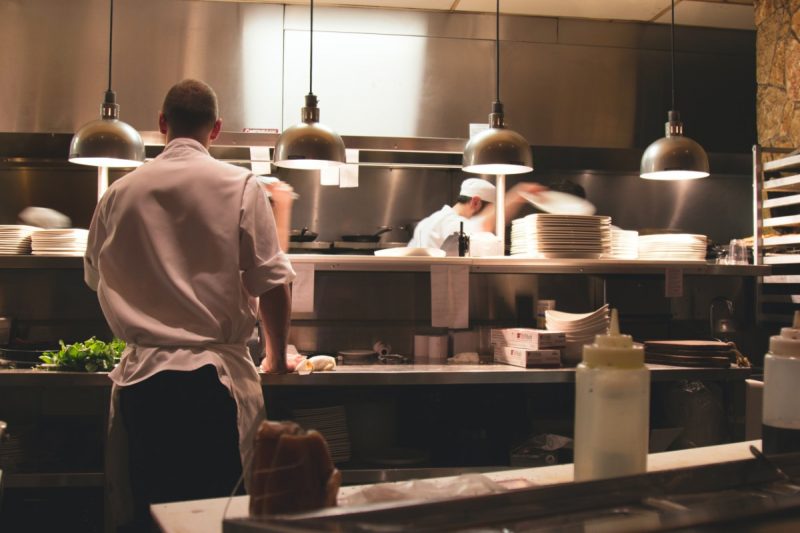
#3 Are you over staffing?
Staff wages are a huge but critical expense for any business. While analysing the numbers, consider if you are over staffing certain shifts or certain hours. A menu should be built around the kitchen and staff capacity. Creating a menu that doesn’t consider the functionality of the kitchen or requires plenty of prep time can be costly.
Balance your rostered staff against the number of customers passing through and look for places to make savings. Could casual wait staff start an hour or half-hour later on certain days? A small change made one day can make a huge difference when multiplied across a year.
Effectively managing staff wages and rosters is one critical factor to ensuring profitability. Cross training staff and splitting shifts across the restaurant and hotel floor is one way to maximise an employee’s use. Often a hotel manager doesn’t have the time to execute a strategic rostering system to reduce expenses. This is one place where we can definitely help.
#4 Reduce your food waste
Take a deeper look at how your kitchen and staff process perishable goods. Are there systems and processes in place to avoid food waste? If your chef is ordering too much food and doesn’t have a solid stock-taking system? Then it’s almost certain your hotel is throwing money in the bin.
We recommend every kitchen requests that more than one staff member conducts a stocktake every single week, rather than monthly. Yes, it’s more work and staff don’t find it super enjoyable, but a frequent stocktake has many benefits. Beyond avoiding food wastage, we have seen chefs change and upgrade their pantry organisation systems to make the stocktake quicker and more efficient plus it reduces the chance of theft as stock is checked on more.
The other way to reduce waste is to keep checks on your head chef. Wastage often leads back to a menu with no strategy behind the ingredient use. Yes, a good chef deserves the freedom to get creative in the kitchen, but they also need to understand menu strategy and control in purchasing. If a chef has more than 100 perishable ingredients at their disposal, then there will be wastage.
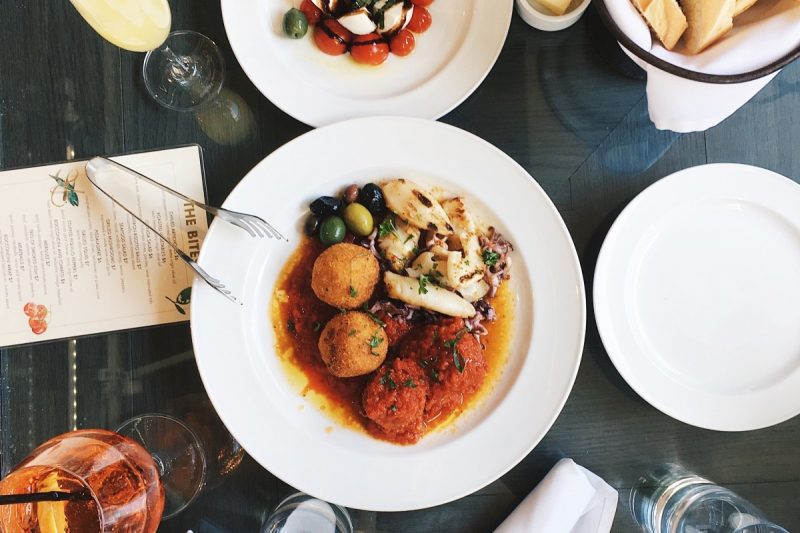
#5 Design your menu by the numbers
We’ve touched on it briefly already, but one way to reduce costs in your hotel kitchen or bar is to design the menu with clear visibility on the cost of produce and goods. For many chefs creativity comes first, but a good chef will understand how to have fun and turn a profit. After all, any restaurant is a business.
When a new menu is created, the chef and manager need to strategically plan, document and analyse the cost of goods for every single dish on offer. Of course it goes one layer deeper than just purchase price. Strategic use of ingredients will save money too.
Ask or challenge your chef to preference using similar ingredients across a number of dishes, prioritising non-perishable goods or goods with a longer shelf life, to balance the use of expensive and cheap ingredients and to create dishes that require little prep or the similar prep to other dishes. Less prep equals less wasted staff hours!
Once the puzzle of costing dishes and balancing ingredients is done you can determine the profits. Make sure dishes with a high cost of goods make a proportionate profit. Lower cost dishes can have a lower margin so long as they are high volume.
It’s a balancing game that sounds complex but doesn’t need to be. We have a system that provides a breakdown of each dish by ingredient cost and supplier percentage, plus it incorporates supplier codes and recipe instructions. What’s great about this system is it gives chefs full visibility and control, but also allows the general manager to track and understand the menu detail.
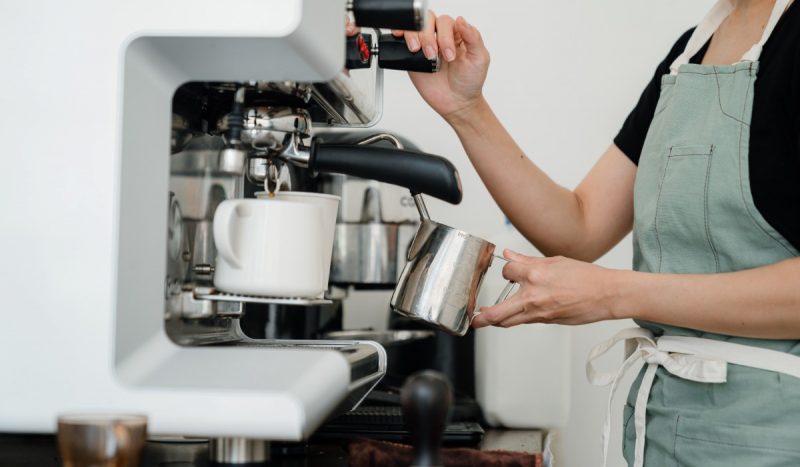
#6 Switch suppliers
One way to save money on the cost of goods is to call around. Just like phoning up your insurance company yearly, shopping around for other suppliers – even if you don’t intend to change – can save you money. It’s important to know what the market rates are and it doesn’t hurt to ask for an additional discount on goods or delivery.
The other way to save money with your suppliers is through group buying power. We work with 20 individual, independent hotels across Australia and combined we use our weight to ask for group rates that would be impossible without our numbers. If you want to get in on our group buying power (and other, even better benefits) then get in touch.
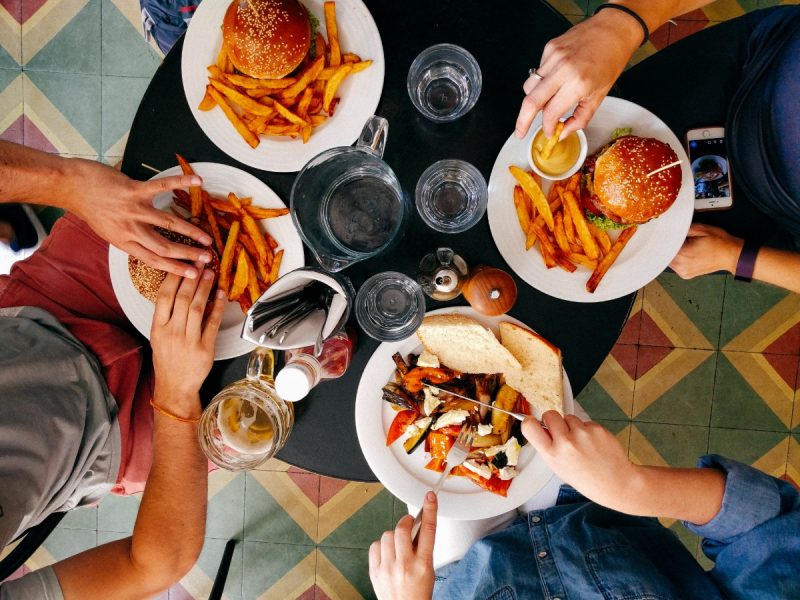
#7 Measure your marketing ROI
Giving your restaurant, bistro, pub, fine diner, bar or bottleshop a separate identity and name is a brilliant way to increase the venue’s appeal with locals in your area. But often a separate name and identity means a whole separate website and social media channels. More platforms means more work.
Don’t question whether or not you should be marketing your hotel restaurant and bar (spoiler: you definitely should be). Instead question whether the marketing activity you’re undertaking is making a difference or just chewing up cash.
Analyse how much time and money is being spent upkeeping your social platforms and whether the pages are getting the results you want. Look at the engagement rate of recent content, how often you are posting and whether the fanbase is growing or staying stagnant. On the website, make sure Google Analytics is connected and view traffic statistics and the source.
Don’t be too quick to throw in the towel. If you aren’t seeing the ROI you expected, try mixing things up in two-week blocks and then measure and compare results. One fortnight you could try doubling down on your ad spent and pulling back on organic content. Another you could try maximising organic content but mixing up the copy and images. Digital marketing is often about experimenting to find what works.
#8 Go for a pre-designed restaurant solution
After having worked with dozens of hotels, motels and resorts to improve their business operations, we quickly saw a large knowledge and skills gap when it came to strategically designing and managing a restaurant or bar.
If the idea of designing a fully costed menu with recipes, finding and dealing with suppliers, planning operating and stocktake procedures, fitting out a fresh space and creating slick branding and marketing materials – while also running a hotel – sounds overwhelming then look for a pre-designed restaurant solution.
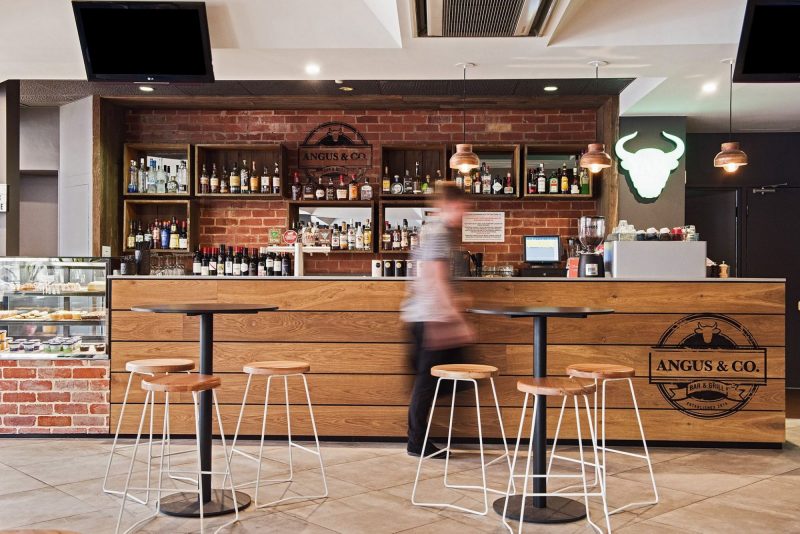
Using our industry knowledge gained over decades we created Angus & Co Bar & Grill brand, a ready-to-go commercially structured food and beverage solution we created solely for hotels, motels and resorts in Australia.
We offer the platform at no charge to hotels under our management. Whether they choose to roll out the whole Angus & Co brand or white list and enjoy the strategic benefits of a costed menu and smooth operations, we’ve frequently seen sales and performance increases of more than 200%. That’s not to mention the stability of cost of goods and controlled wage costs too.
Going the DIY restaurant route is a lot of work and while creatively rewarding it can take some time to see profits (if you’re doing it right from the get-go).
Whitelisting is a happy medium where hotels can design their own unique brand but still use our full menu (designed by a celebrity chef) with food costed and recipes and training included, and the operational structure with key suppliers, group buying power and stocktake and other standard operating procedures outlined.
Here at 1834 Hotels we specialise providing hotel operators with clear visibility and ongoing analysis of a venue’s costs and expenses. Keep on top of costs and managing expenses is often where the profit is made or lost within the hotel business. If this sounds familiar and you need help, please reach out – we’d be more than happy to chat.
Loved this post? Keep reading our other posts

